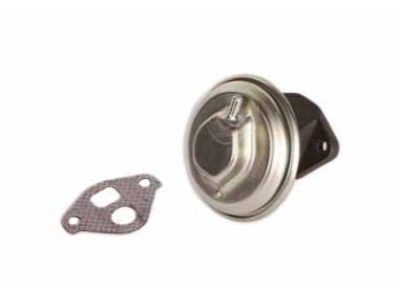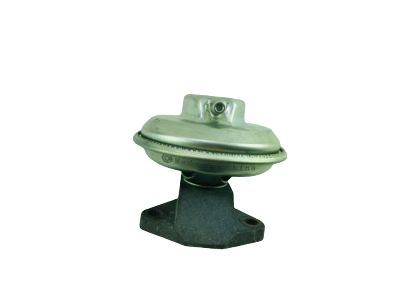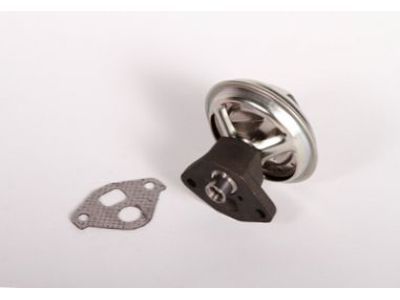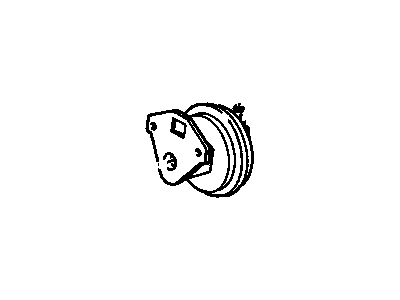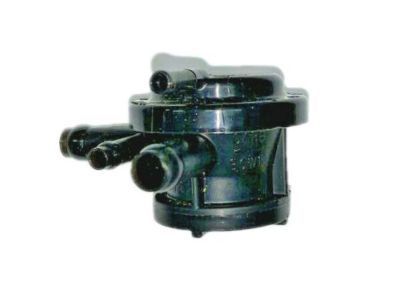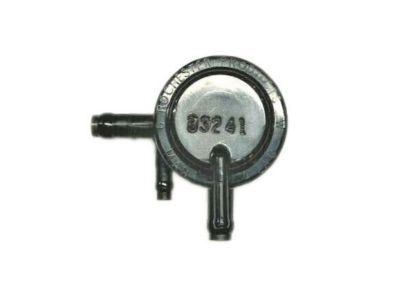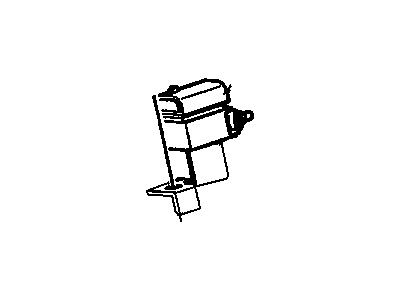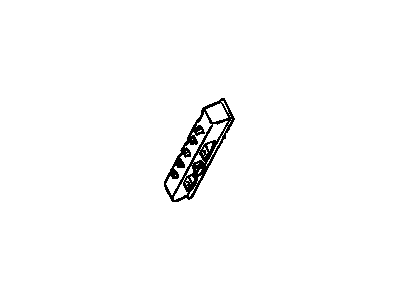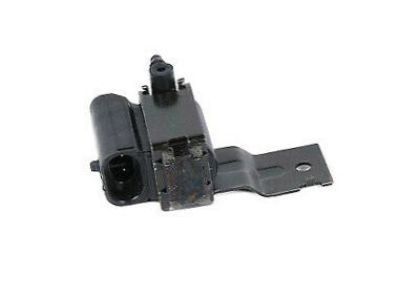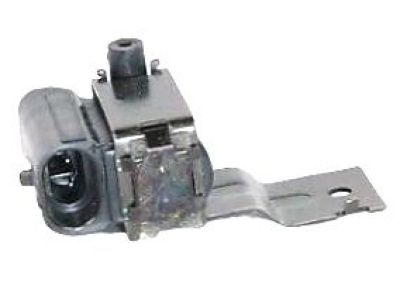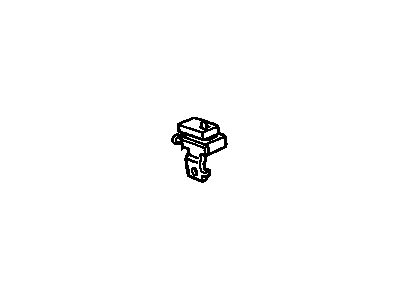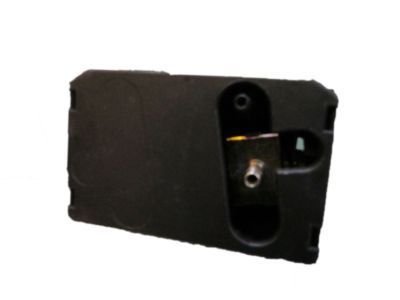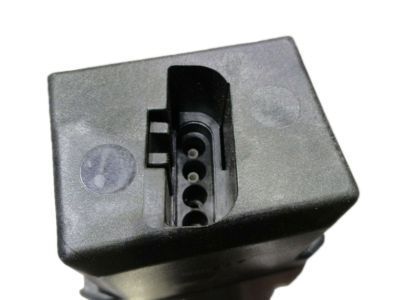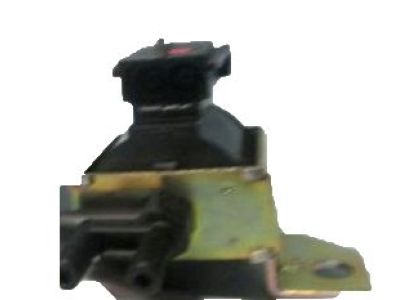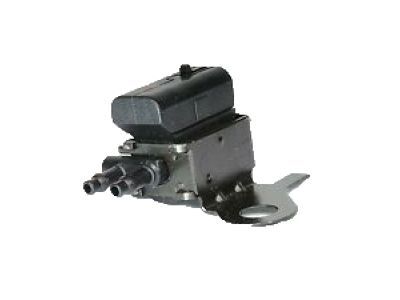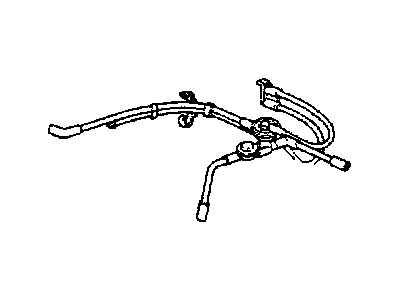
My Garage
My Account
Cart
Genuine Chevrolet Caprice EGR Valve
Emissions EGR Valve- Select Vehicle by Model
- Select Vehicle by VIN
Select Vehicle by Model
orMake
Model
Year
Select Vehicle by VIN
For the most accurate results, select vehicle by your VIN (Vehicle Identification Number).
27 EGR Valves found
Chevrolet Caprice Valve Kit,EGR
Part Number: 19210659$91.10 MSRP: $185.83You Save: $94.73 (51%)Ships in 1-2 Business DaysChevrolet Caprice Valve Assembly, Fuel Upper Cnst Control
Part Number: 17085929$21.59 MSRP: $62.60You Save: $41.01 (66%)Ships in 1-2 Business DaysChevrolet Caprice Solenoid Assembly, Egr Control Valve Relay
Part Number: 1997223$38.04 MSRP: $119.21You Save: $81.17 (69%)Chevrolet Caprice Valve Assembly, Heater & A/C Control Vacuum Control Solenoid
Part Number: 1997163$18.85 MSRP: $32.86You Save: $14.01 (43%)Chevrolet Caprice Valve Kit,EGR
Part Number: 19210666$82.27 MSRP: $167.83You Save: $85.56 (51%)Ships in 1-2 Business DaysChevrolet Caprice Valve Kit,EGR
Part Number: 17113462$64.51 MSRP: $120.90You Save: $56.39 (47%)Ships in 1-2 Business DaysChevrolet Caprice Valve Asm,EGR
Part Number: 17113464$49.11 MSRP: $92.05You Save: $42.94 (47%)Ships in 1-2 Business Days
| Page 1 of 2 |Next >
1-20 of 27 Results
Chevrolet Caprice EGR Valve
The EGR Valve of Chevrolet Caprice is mandate for regulating the backflow of exhaust gases back to the combustion chamber to reduce nitrogen oxide (NOx) emissions. EGR Valve takes back a portion of exhaust gas and reduces amount of oxygen entering the engine as inert gases help in absorbing combustion heat; reduces peak temperatures that add to the formation of NOx. This mechanism is said to boost the engine efficiency, especially in Petrol engines; this is because it provides ways in which enlargement of throttle positions can be made and minimized the pumping losses. Earlier, EGR functionality in models of Caprice was limited only to orifice jets, but later improved valves appeared that could be controlled by the various parameters, including coolant temperature and manifold vacuum. In modern systems the backpressure transducers may be used to control the EGR flow based on the load of the engine. Although EGR is useful in achieving emissions command, it tends to accumulate some carbon material that must be removed to maintain the command.
Each OEM Chevrolet Caprice EGR Valve we offer is competitively priced and comes with the assurance of the manufacturer's warranty for the part. Furthermore, we guarantee the speedy delivery of your orders right to your doorstep. Our hassle-free return policy is also in place for your peace of mind.
Chevrolet Caprice EGR Valve Parts Questions & Experts Answers
- Q: What is the location of the EGR valve and what is the common cause of faults in this emissions system on Chevrolet Caprice?A:The EGR Valve on GM vehicles is located on the intake manifold, by the carburetor. Most times, when a fault occurs in this emissions system it is caused by a stuck or corroded EGR valve. With the engine cold to prevent burns, reach under the EGR valve and manually push on the diaphragm. You should be able to press the diaphragm up and down within the housing using moderate pressure. If it does not or needs too much effort to move, then replace it with a new EGR valve. If you are unsure of its quality, visit your local parts store and compare the free movement of your EGR valve with a new one. The sixth part has more information about further testing of the EGR system and component replacement procedures.
